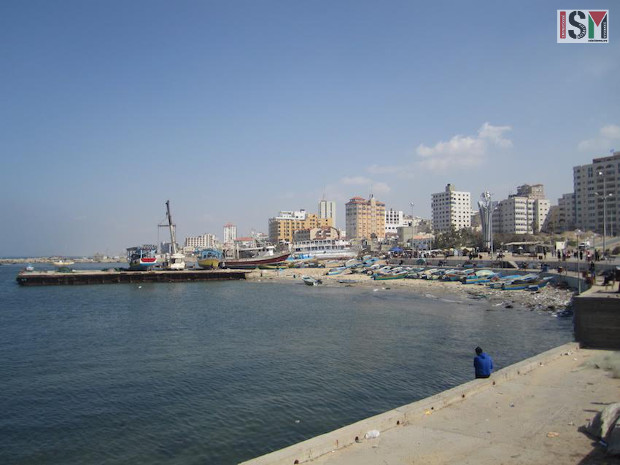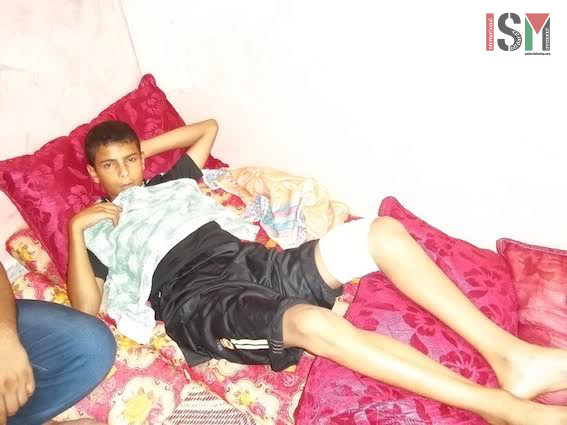-
1312 reported attacks against fishermen since the end of 2014 massacre on Gaza
11th August 2015 | International Solidarity Movement, Gaza Team | Gaza, Occupied Palestine Two days ago, on Sunday’s night at 3am, the occupation forces kidnapped fishermen Mohamed Ismail Sharafi, 34 years old, and Mohamed Saidi, 22 years old, in Gaza City waters. According to the testimony of the other fishermen that where working with them […]
-
Israeli soldiers open fire on 13 year-old boy in Gaza
11th August 2015 | International Solidarity Movement, Gaza Team | Gaza, Occupied Palestine Maher Shitat, 13 years old, was shot in the leg on Friday night by the occupation forces. Hi’s father sent him to bring his brother from a relative’s home and on the way there the soldiers shot him without previous advice. He […]
-
Nightraids in the Souk: Israeli Soldiers Terrorize Old City of Hebron
3rd August 2015 | International Solidarity Movement, Khalil Team | Al Khalil, Occupied Palestine At around 11:00 PM on the night of August 1st, a fire began in souk of Hebron’s Old City. The fire was coming from a building that overhangs into the souk from the illegal settlement of Beit Hadassah. The Israeli military […]
Action Alert An Nabi Saleh Apartheid Wall Arrests BDS Bethlehem Bil'in Cast Lead Demonstration Denial of Entry Ethnic Cleansing Farmers Gaza Global Actions Hebron House Demolition International law Israeli Army Jerusalem Live Ammunition Nablus Ni'lin Prisoner Ramallah Rubber-coated steel bullets Settlement Settlers Settler violence Tear-Gas Canister Video



